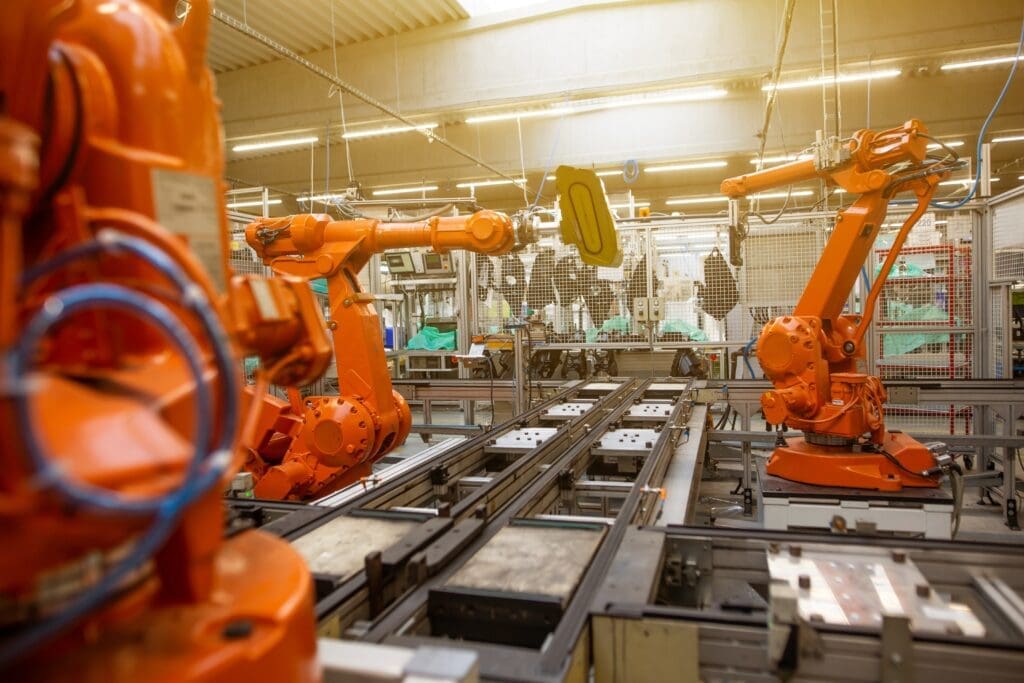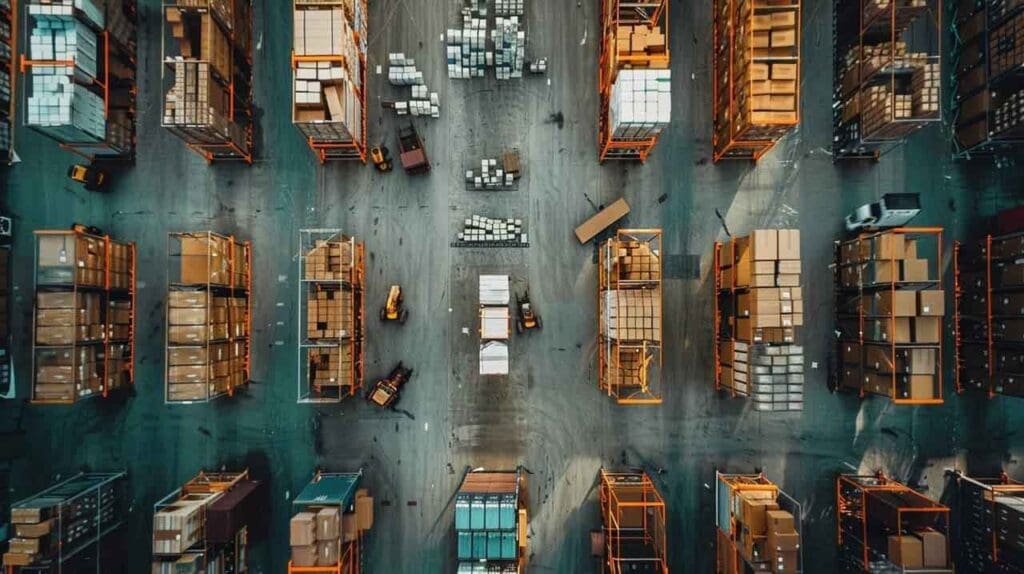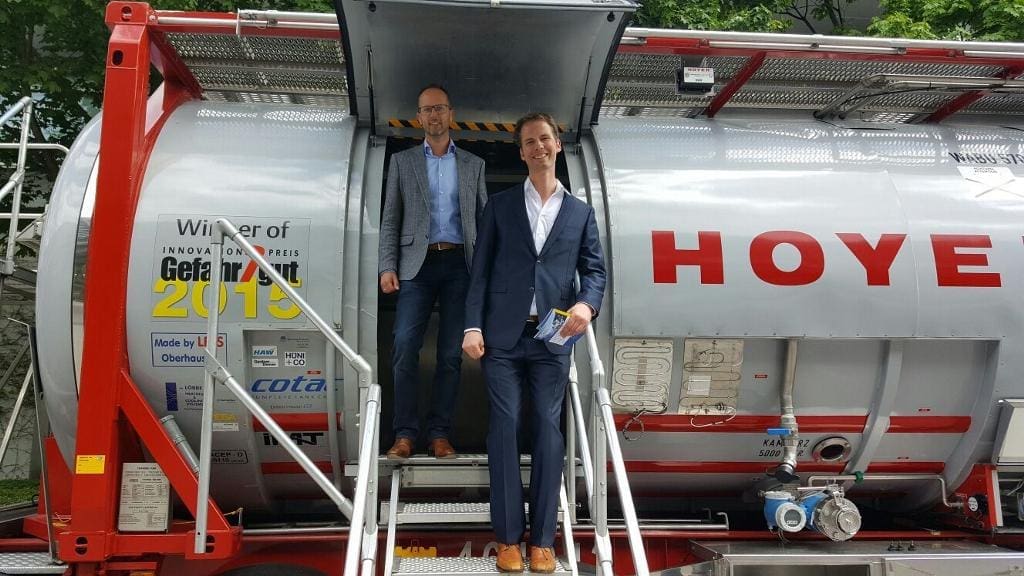Blog
The new rules of efficiency in logistics
The unrest among logistics entrepreneurs
Every entrepreneur in logistics knows the feeling: margins are shrinking, and customer demands are increasing. Energy prices are rising, staff is scarce, and space in warehouses and distribution centers is becoming increasingly expensive. At the same time, customers want faster delivery times, sharper prices, and more transparency about where their shipment is located.
It’s a cocktail that brings both nerves and opportunities. Because those who manage to turn these challenges into smarter processes can stand out. That’s what it’s all about in 2025 more than ever: efficiency and optimization. Not just to survive, but to grow.
Efficiency as the new competitive factor
Efficiency is no longer just a “nice to have.” It has become the way to save costs, work sustainably, and retain customers. During our own research into innovative developments in the sector, we came across several inspiring examples. We’re happy to share them because they show how broadly and creatively companies are tackling today’s challenges. Below are four recent cases that make it clear that efficiency in 2025 comes in many forms and solutions.
1. Transporting less air thanks to customized boxes

Sometimes efficiency lies in something surprisingly simple, as A.S. Watson, the parent company of Kruidvat and Trekpleister, demonstrates with their innovative approach to packaging. Instead of using standard boxes for all online orders, the company opts for boxes that are cut exactly to size for each individual order, literally transporting less air. This ensures that more packages fit into one truck, saving about 2,500 truck trips per year, which not only reduces transport costs but also significantly contributes to lowering CO₂ emissions.
Additionally, using smaller boxes results in savings on packaging materials, which is not only more sustainable but also financially advantageous, while customers are also happy not to receive a huge box for a small product. This example perfectly shows that efficiency doesn’t always have to be high-tech, but that a smart adjustment in an everyday process like packaging can lead to significant cost savings and an improved ecological footprint.
Source: Transport Online
2. Upward: vertical storage with and without robots
Those who can’t expand outward must go upward. Vertical storage is booming in warehouses and distribution centers in 2025, and companies are approaching this in various ways.

High-tech solutions
On one hand, there are high-tech solutions like at DHL, which uses the Skypod system. Here, autonomous robots zoom through the racks up to ten meters high to retrieve and store goods. This ensures fast order picking, optimal use of space, and less physical strain for employees. Automation thus becomes a strategic choice for efficiency and cost control.
Source: Warehouse Totaal
Structural solutions
On the other hand, there are companies opting for structural solutions, such as mezzanine floors, automatic lift systems, or shuttles that store goods at height. BECOSAN describes this in their article on optimizing warehouse space. Here, the focus is on structurally increasing storage capacity without having to move to a larger building. The advantage: utilizing more cubic meters, lower costs per pallet space, and often faster order processing.
Source: BECOSAN

Similarities and differences
Both solutions share the same goal: creating more storage capacity and saving costs by working upward. The difference lies in the implementation. Skypod is a fully automated and dynamic system that primarily delivers speed and labor savings, while structural solutions are often more passive and focus on creating additional square meters through structural modifications. The choice depends on your budget, logistics processes, and growth expectations.
3. Smart IoT seals for real-time insight

In 2025, efficiency is no longer just about physical optimization but also about handling information and data more intelligently, as evidenced by the introduction of a smart IoT seal that provides real-time insight into the location and condition of shipments. What’s remarkable about this innovation is that the system operates without a SIM card, significantly reducing costs and technical complexity, making it accessible to smaller companies as well. Thanks to this technology, companies know at any moment where their goods are, preventing surprises such as delays or lost shipments, while sensors simultaneously record important information about conditions like temperature, shocks, or humidity, which is particularly crucial when transporting delicate or valuable goods.
This enables companies to intervene immediately when something threatens to go wrong, which not only limits damage and loss but can also prevent costly claims and ultimately leads to a more efficient and cost-conscious supply chain. Innovations like this mean that logistics companies are increasingly less dependent on paper freight documents or simple tracking numbers and are gaining more control over their processes, which is essential in a sector where speed and reliability make the difference.
Source: TTM.nl
The power of smarter logistics
Although the examples vary, they ultimately all revolve around the same principle. Logistics companies must work smarter and faster to save costs and remain competitive in an increasingly complex market.
The examples above share one important core: cost reduction through smarter working, efficiency as a strategic weapon in the battle for customers and market share, and technology as a lever for change. The need for this doesn’t come from luxury but from necessity. The pressure on margins, staff shortages, and rising costs force companies to act not tomorrow but today.
From vision to solution: Adaption’s role in the logistics of tomorrow
At Adaption, we believe that efficiency and innovation are not just nice words, but the keys to shaping the future of logistics. That was already the ambition of Toon and Ronald when they founded Adaption: helping companies work smarter, reduce costs, and look ahead with confidence in a sector that is changing ever faster.
At Adaption, we believe that efficiency and innovation are not just nice words, but the keys to shaping the future of logistics. That was already the ambition of Toon and Ronald when they founded Adaption: helping companies work smarter, reduce costs, and look ahead with confidence in a sector that is changing ever faster.
That vision is still alive today in everything we do. Our Logistic Cloud Suite is not simply software, but a platform that gives logistics companies the tools to gain control over their processes, space, time, and costs. We want to use technology as a catalyst so that companies not only improve their daily operations but also become more agile for the challenges of tomorrow.

Conclusion

Efficiency in logistics in 2025 is about much more than saving money. It’s about making choices that make your company faster, smarter, and more resilient in a world where customers expect more and margins are getting thinner.
But let me ask you this: What are you currently doing to make your logistics processes more efficient? Where in your company are there still opportunities to use space better, reduce costs, or respond more quickly to changes? And perhaps even more importantly: Are you sure it can’t be done even smarter, faster, or more cost-effectively?
At Adaption, we believe there is always room for improvement. We’re happy to brainstorm with entrepreneurs and logistics professionals about how things can be done better, where the greatest opportunities lie, and what steps are needed to achieve them. Because the future belongs to the companies that dare to keep innovating. Are you ready to have that conversation with us?
Want to know how we can improve your logistics?
Curious how Adaption can digitize and optimize your logistics processes? Feel free to contact us for more information or a free personal demo. Together, we’ll look at how we can make your logistics processes even smarter.